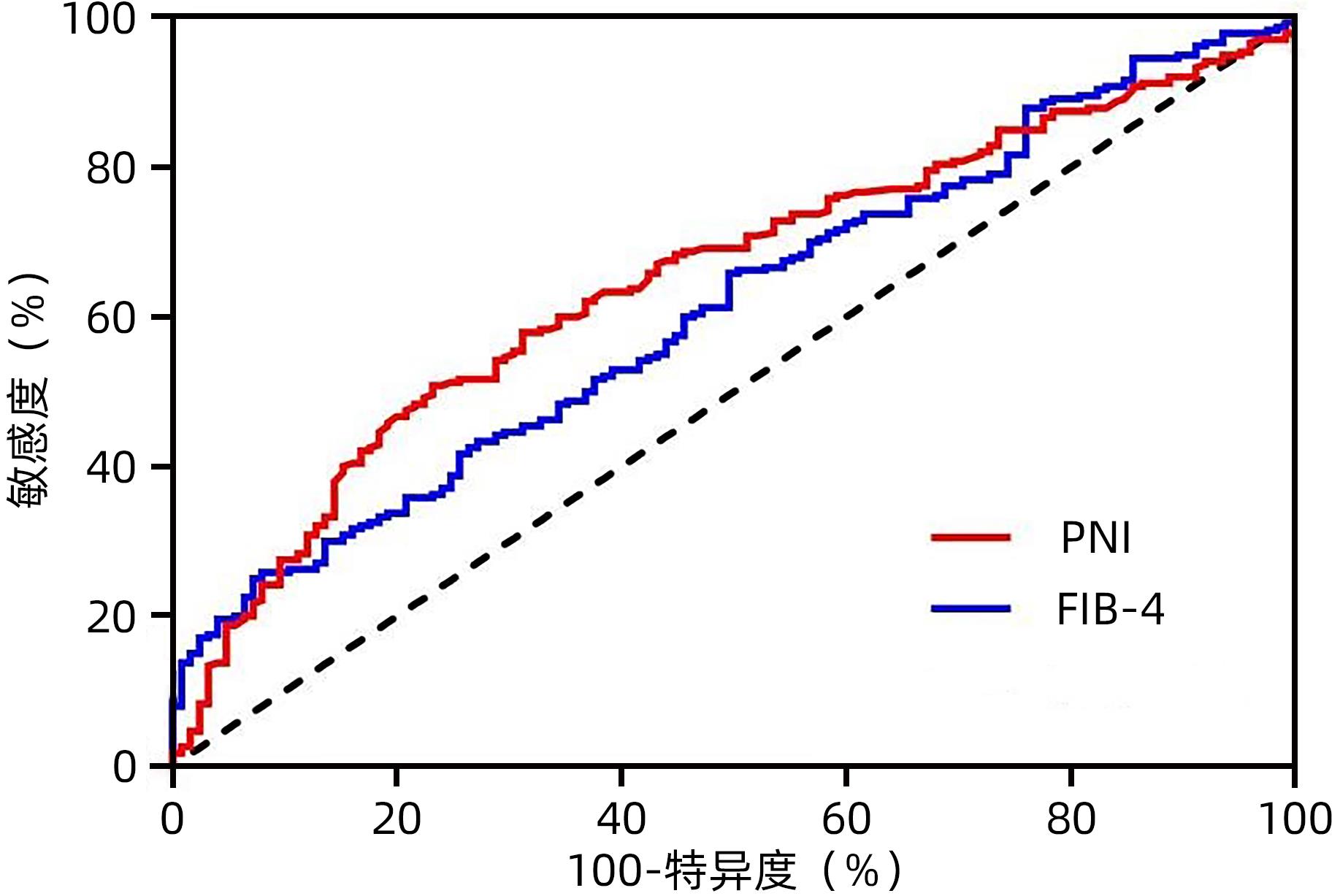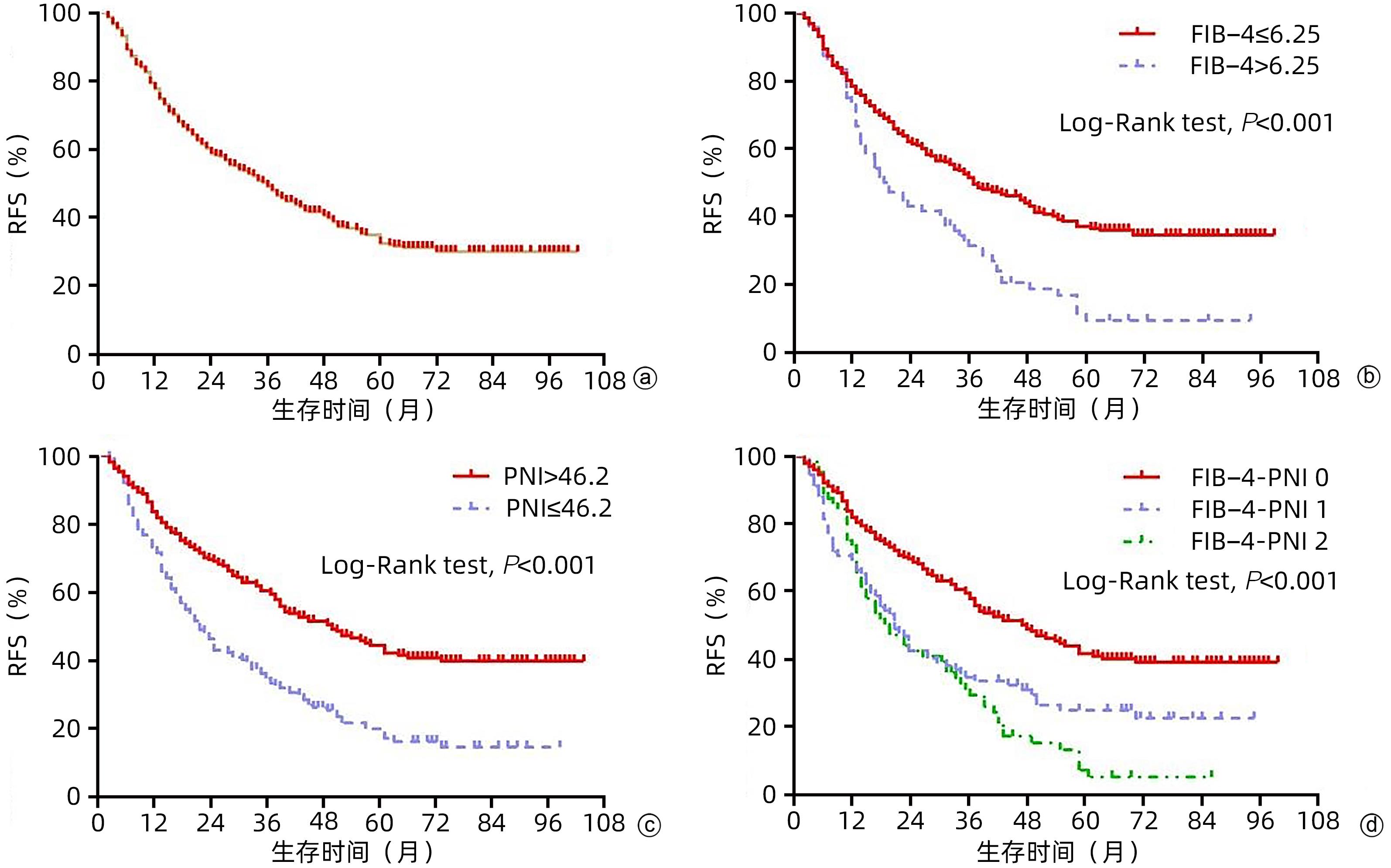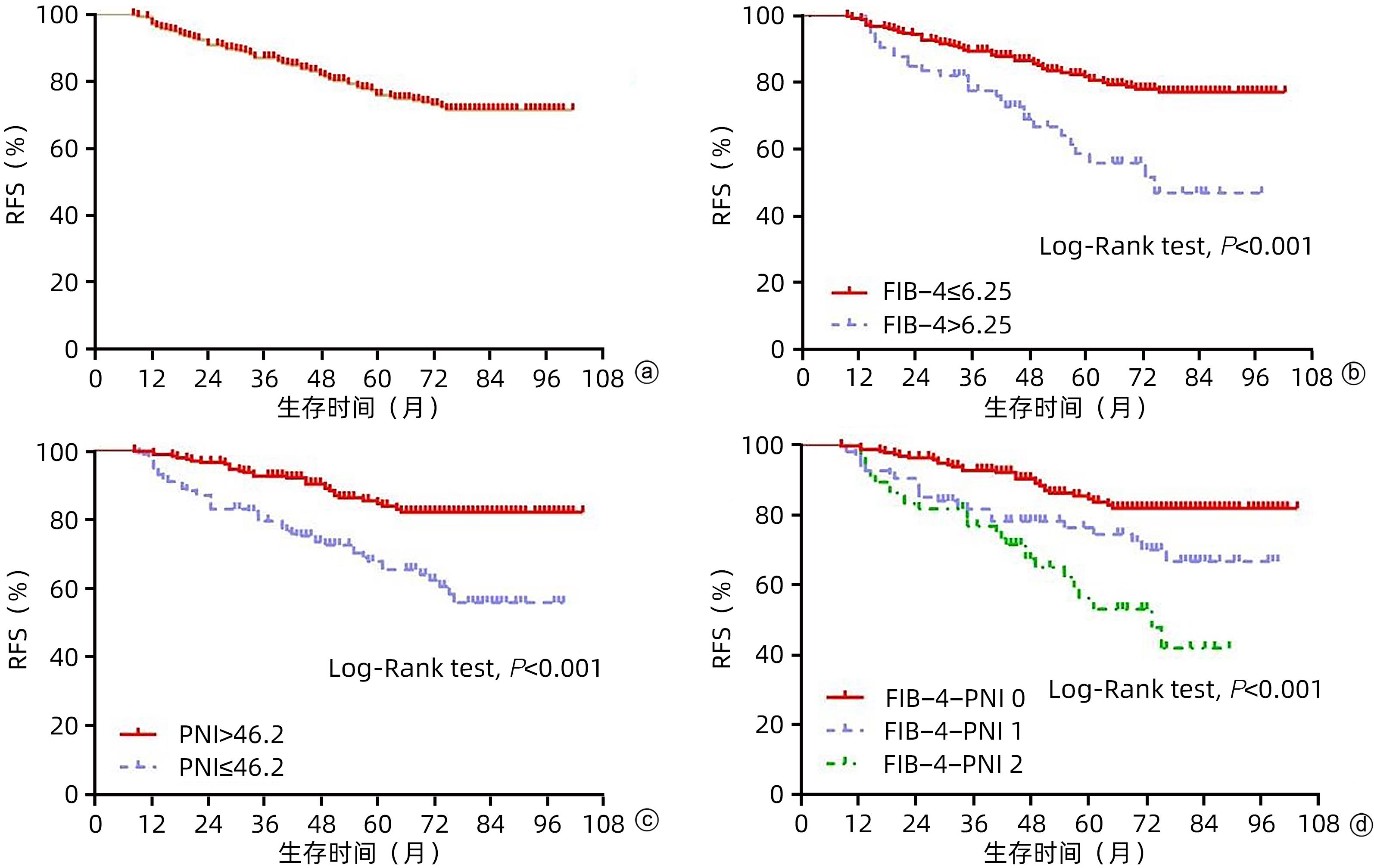| [1] |
BRAY F, FERLAY J, SOERJOMATARAM I, et al. Global cancer statistics 2018: GLOBOCAN estimates of incidence and mortality worldwide for 36 cancers in 185 countries[J]. CA Cancer J Clin, 2018, 68( 6): 394- 424. DOI: 10.3322/caac.21492. |
| [2] |
YANG JD, HAINAUT P, GORES GJ, et al. A global view of hepatocellular carcinoma: Trends, risk, prevention and management[J]. Nat Rev Gastroenterol Hepatol, 2019, 16( 10): 589- 604. DOI: 10.1038/s41575-019-0186-y. |
| [3] |
FENG K, YAN J, LI XW, et al. A randomized controlled trial of radiofrequency ablation and surgical resection in the treatment of small hepatocellular carcinoma[J]. J Hepatol, 2012, 57( 4): 794- 802. DOI: 10.1016/j.jhep.2012.05.007. |
| [4] |
DHIR M, MELIN AA, DOUAIHER J, et al. A review and update of treatment options and controversies in the management of hepatocellular carcinoma[J]. Ann Surg, 2016, 263( 6): 1112- 1125. DOI: 10.1097/SLA.0000000000001556. |
| [5] |
TSAI MY, YEN YH, HUANG PY, et al. The pre- and postoperative FIB-4 indexes are good predictors to the outcomes of HBV-related HCC patients after resection[J]. Gastroenterol Res Pract, 2019, 2019: 8945798. DOI: 10.1155/2019/8945798. |
| [6] |
SAITO Y, IMURA S, MORINE Y, et al. Preoperative prognostic nutritional index predicts short- and long-term outcomes after liver resection in patients with hepatocellular carcinoma[J]. Oncol Lett, 2021, 21( 2): 153. DOI: 10.3892/ol.2020.12414. |
| [7] |
CHU MO, SHEN CH, CHANG TS, et al. Pretreatment inflammation-based markers predict survival outcomes in patients with early stage hepatocellular carcinoma after radiofrequency ablation[J]. Sci Rep, 2018, 8( 1): 16611. DOI: 10.1038/s41598-018-34543-z. |
| [8] |
General Office of National Health Commission. Standard for diagnosis and treatment of primary liver cancer(2022 edition)[J]. J Clin Hepatol, 2022, 38( 2): 288- 303. DOI: 10.3969/j.issn.1001-5256.2022.02.009. |
| [9] |
ONODERA T, GOSEKI N, KOSAKI G. Prognostic nutritional index in gastrointestinal surgery of malnourished cancer patients[J]. Nihon Geka Gakkai Zasshi, 1984, 85( 9): 1001- 1005.
|
| [10] |
STERLING RK, LISSEN E, CLUMECK N, et al. Development of a simple noninvasive index to predict significant fibrosis in patients with HIV/HCV coinfection[J]. Hepatology, 2006, 43( 6): 1317- 1325. DOI: 10.1002/hep.21178. |
| [11] |
Chinese Expert Consensus Statement Chinese Society of Liver Cancer CSLC, Chinese Society of Clinical Oncology CSCO, Liver Cancer Group, Chinese Society of Hepatology. Guidelines for radiofrequency ablation therapy of liver cancer[J]. J Clin Hepatol, 2011, 27( 3): 236- 238, 244.
中国抗癌协会肝癌专业委员会, 中国抗癌协会临床肿瘤学协作委员会, 中华医学会肝病学分会肝癌学组. 肝癌射频消融治疗规范的专家共识[J]. 临床肝胆病杂志, 2011, 27( 3): 236- 238, 244.
|
| [12] |
KULIK L, EL-SERAG HB. Epidemiology and management of hepatocellular carcinoma[J]. Gastroenterology, 2019, 156( 2): 477- 491. e 1. DOI: 10.1053/j.gastro.2018.08.065. |
| [13] |
WEI CY, CHAU GY, CHEN PH, et al. A comparison of prognoses between surgical resection and radiofrequency ablation therapy for patients with hepatocellular carcinoma and esophagogastric varices[J]. Sci Rep, 2020, 10( 1): 17259. DOI: 10.1038/s41598-020-74424-y. |
| [14] |
GUPTA P, MARALAKUNTE M, KUMAR-M P, et al. Overall survival and local recurrence following RFA, MWA, and cryoablation of very early and early HCC: A systematic review and Bayesian network meta-analysis[J]. Eur Radiol, 2021, 31( 7): 5400- 5408. DOI: 10.1007/s00330-020-07610-1. |
| [15] |
ZHANG F, LU SX, HU KS, et al. Albumin-to-alkaline phosphatase ratio as a predictor of tumor recurrence and prognosis in patients with early-stage hepatocellular carcinoma undergoing radiofrequency ablation as initial therapy[J]. Int J Hyperthermia, 2021, 38( 1): 1- 10. DOI: 10.1080/02656736.2020.1850885. |
| [16] |
CHU WK, WU X, ZHANG P, et al. Value of inflammatory biomarkers in predicting the prognosis of early small hepatocellular carcinoma after radiofre-quency ablation[J]. J Clin Hepatol, 2022, 38( 4): 843- 850. DOI: 10.3969/j.issn.1001-5256.2022.04.020. |
| [17] |
O’ROURKE JM, SAGAR VM, SHAH T, et al. Carcinogenesis on the background of liver fibrosis: Implications for the management of hepatocellular cancer[J]. World J Gastroenterol, 2018, 24( 39): 4436- 4447. DOI: 10.3748/wjg.v24.i39.4436. |
| [18] |
KIM MN, LEE JH, CHON YE, et al. Fibrosis-4, aspartate transaminase-to-platelet ratio index, and gamma-glutamyl transpeptidase-to-platelet ratio for risk assessment of hepatocellular carcinoma in chronic hepatitis B patients: Comparison with liver biopsy[J]. Eur J Gastroenterol Hepatol, 2020, 32( 3): 433- 439. DOI: 10.1097/MEG.0000000000001520. |
| [19] |
XU XL, JIANG LS, WU CS, et al. The role of fibrosis index FIB-4 in predicting liver fibrosis stage and clinical prognosis: A diagnostic or screening tool?[J]. J Formos Med Assoc, 2022, 121( 2): 454- 466. DOI: 10.1016/j.jfma.2021.07.013. |
| [20] |
ZHANG Y, WANG R, YANG XJ. FIB-4 index serves as a noninvasive prognostic biomarker in patients with hepatocellular carcinoma: A meta-analysis[J]. Medicine, 2018, 97( 51): e13696. DOI: 10.1097/MD.0000000000013696. |
| [21] |
EDITORS PLOS ONE. Retraction: The prognostic value of prognostic nutritional index in hepatocellular carcinoma patients: A meta-analysis of observational studies[J]. PLoS One, 2022, 17( 8): e0273618. DOI: 10.1371/journal.pone.0273618. |
| [22] |
NAJAFI M, FARHOOD B, MORTEZAEE K. Contribution of regulatory T cells to cancer: A review[J]. J Cell Physiol, 2019, 234( 6): 7983- 7993. DOI: 10.1002/jcp.27553. |
| [23] |
CHEN Y, YANG Y, ZHANG XY, et al. Nomogram based on neutrophil-to-lymphocyte ratio and platelet-to-lymphocyte ratio to predict recurrence in patients with hepatocellular carcinoma after radiofrequency ablation[J]. Cardiovasc Intervent Radiol, 2021, 44( 10): 1551- 1560. DOI: 10.1007/s00270-021-02872-8. |
| [24] |
ZHANG CY, LIU S, YANG M. Hepatocellular carcinoma and obesity, type 2 diabetes mellitus, cardiovascular disease: Causing factors, molecular links, and treatment options[J]. Front Endocrinol, 2021, 12: 808526. DOI: 10.3389/fendo.2021.808526. |
| [25] |
PEARSON-STUTTARD J, PAPADIMITRIOU N, MARKOZANNES G, et al. Type 2 diabetes and cancer: An umbrella review of observational and Mendelian randomization studies[J]. Cancer Epidemiol Biomarkers Prev, 2021, 30( 6): 1218- 1228. DOI: 10.1158/1055-9965.EPI-20-1245. |
| [26] |
XU XF, XING H, HAN J, et al. Risk factors, patterns, and outcomes of late recurrence after liver resection for hepatocellular carcinoma: A multicenter study from China[J]. JAMA Surg, 2019, 154( 3): 209- 217. DOI: 10.1001/jamasurg.2018.4334. |
| [27] |
LEE HA, LEE YS, KIM BK, et al. Change in the recurrence pattern and predictors over time after complete cure of hepatocellular carcinoma[J]. Gut Liver, 2021, 15( 3): 420- 429. DOI: 10.5009/gnl20101. |







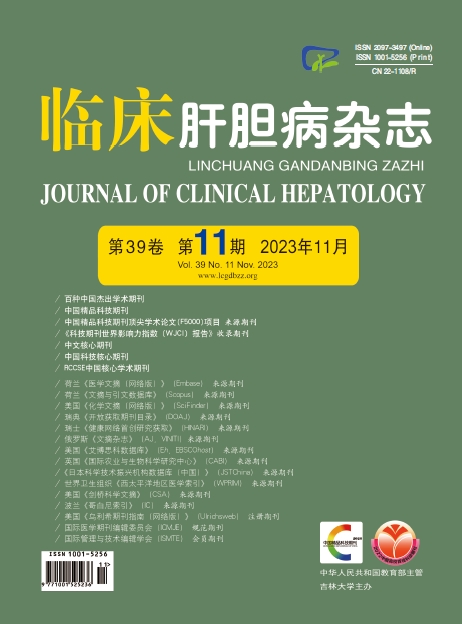
 下载:
下载:




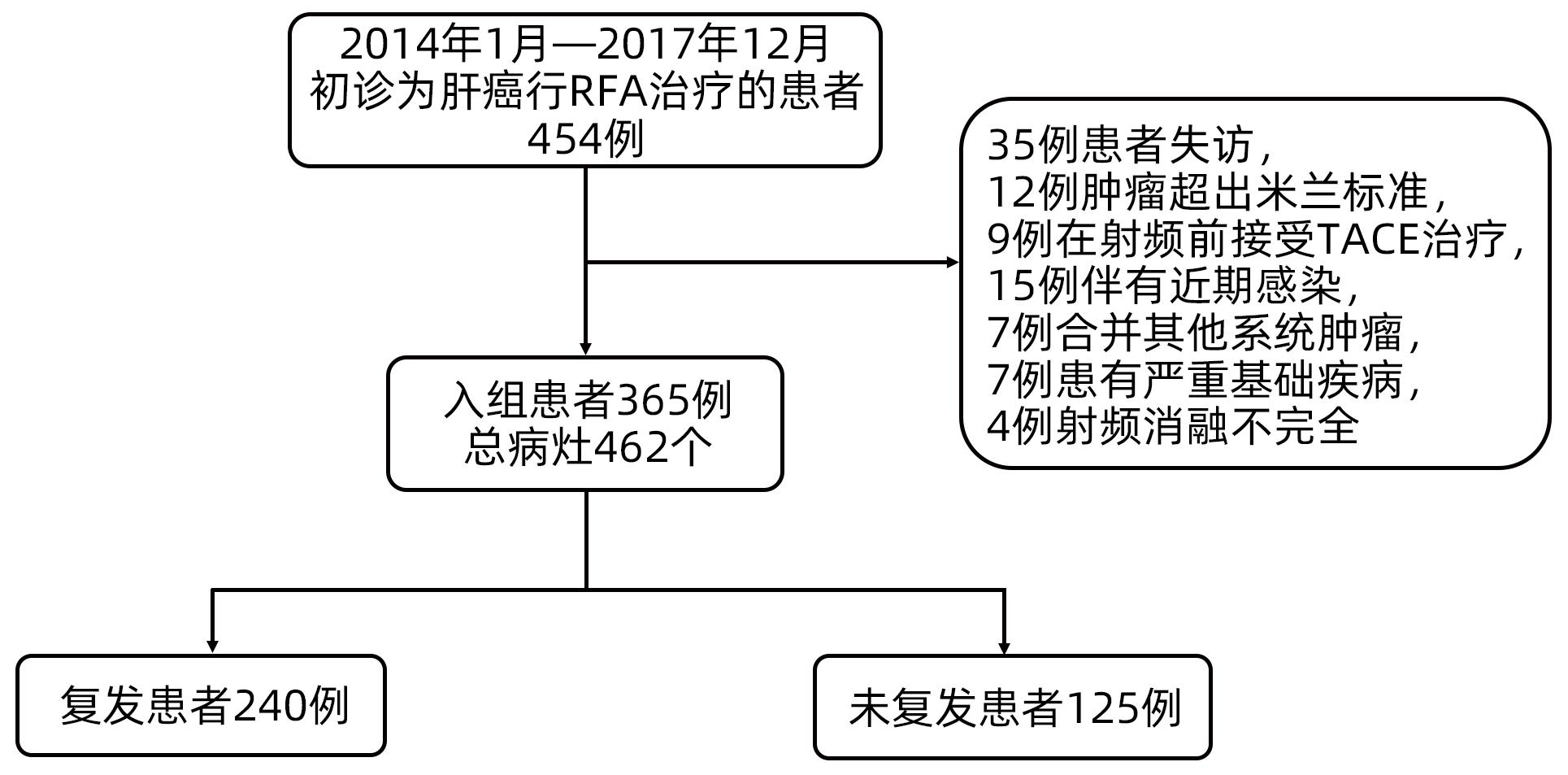




 DownLoad:
DownLoad:
